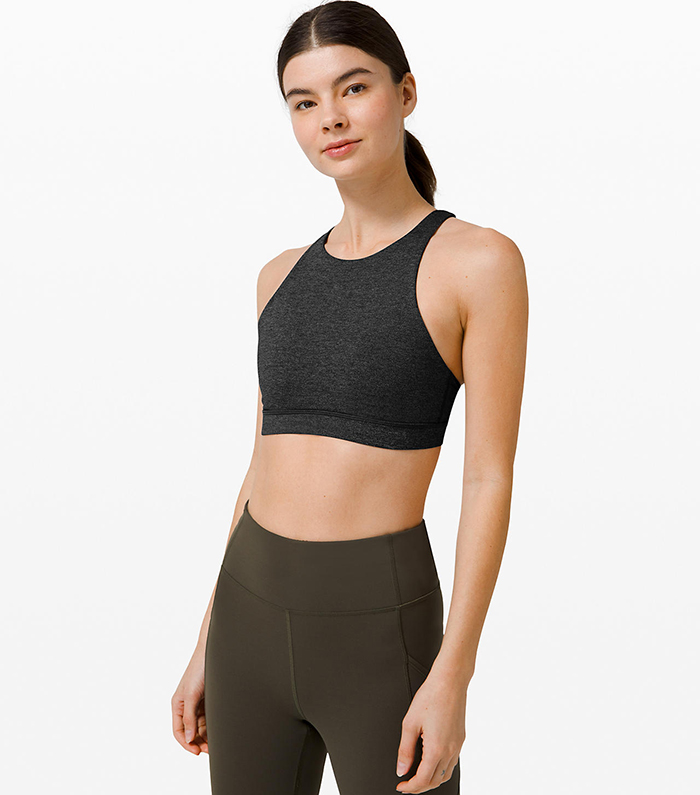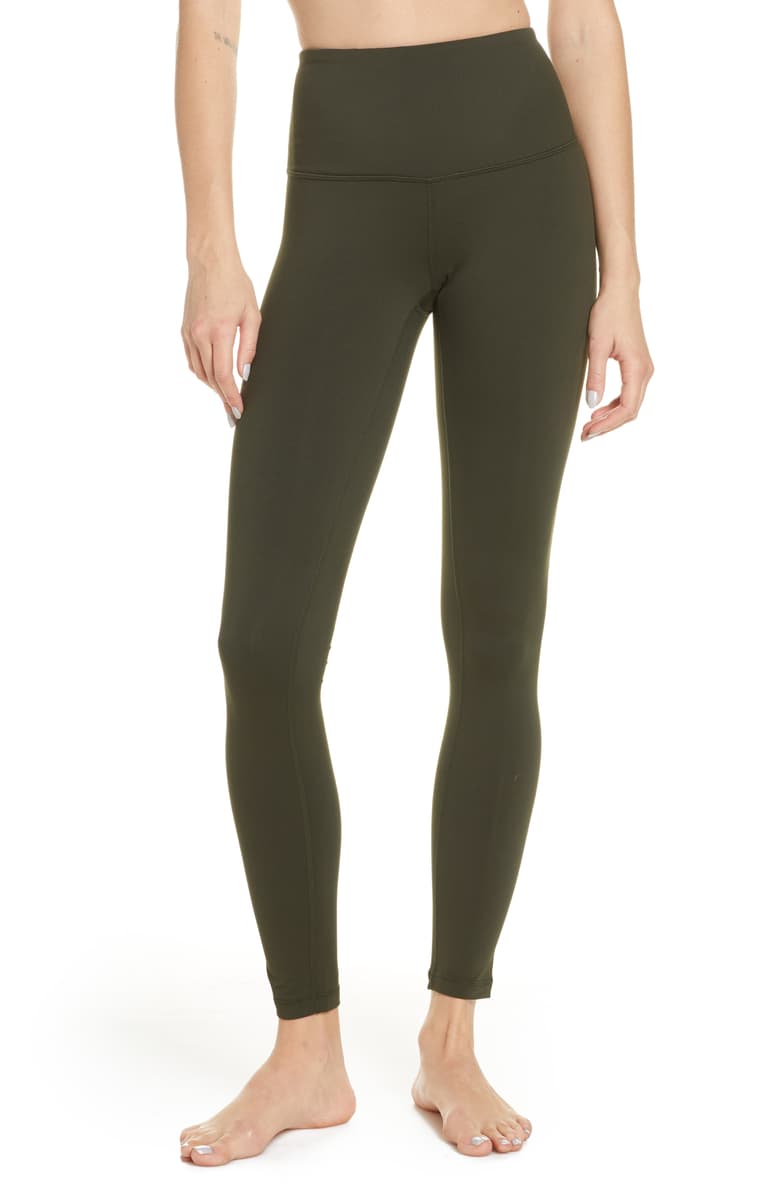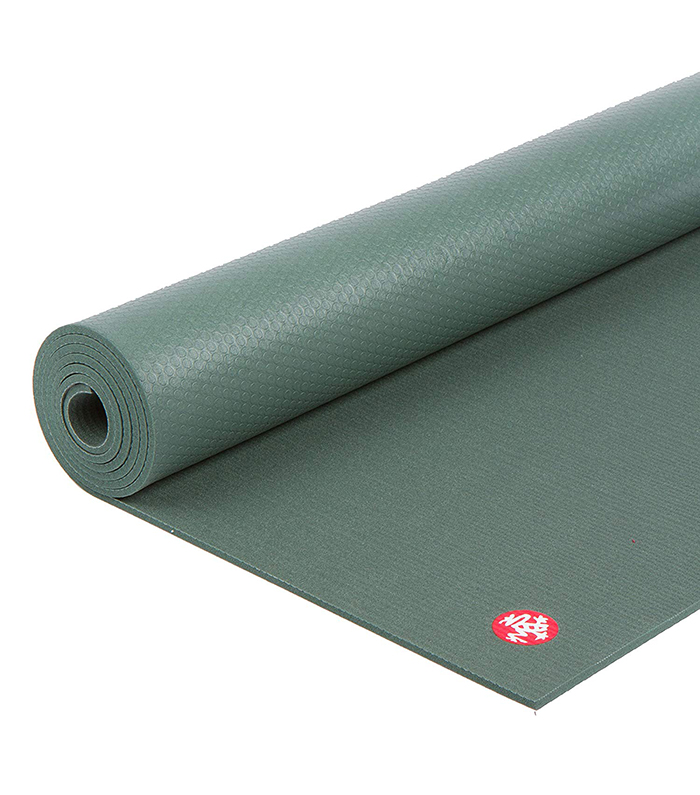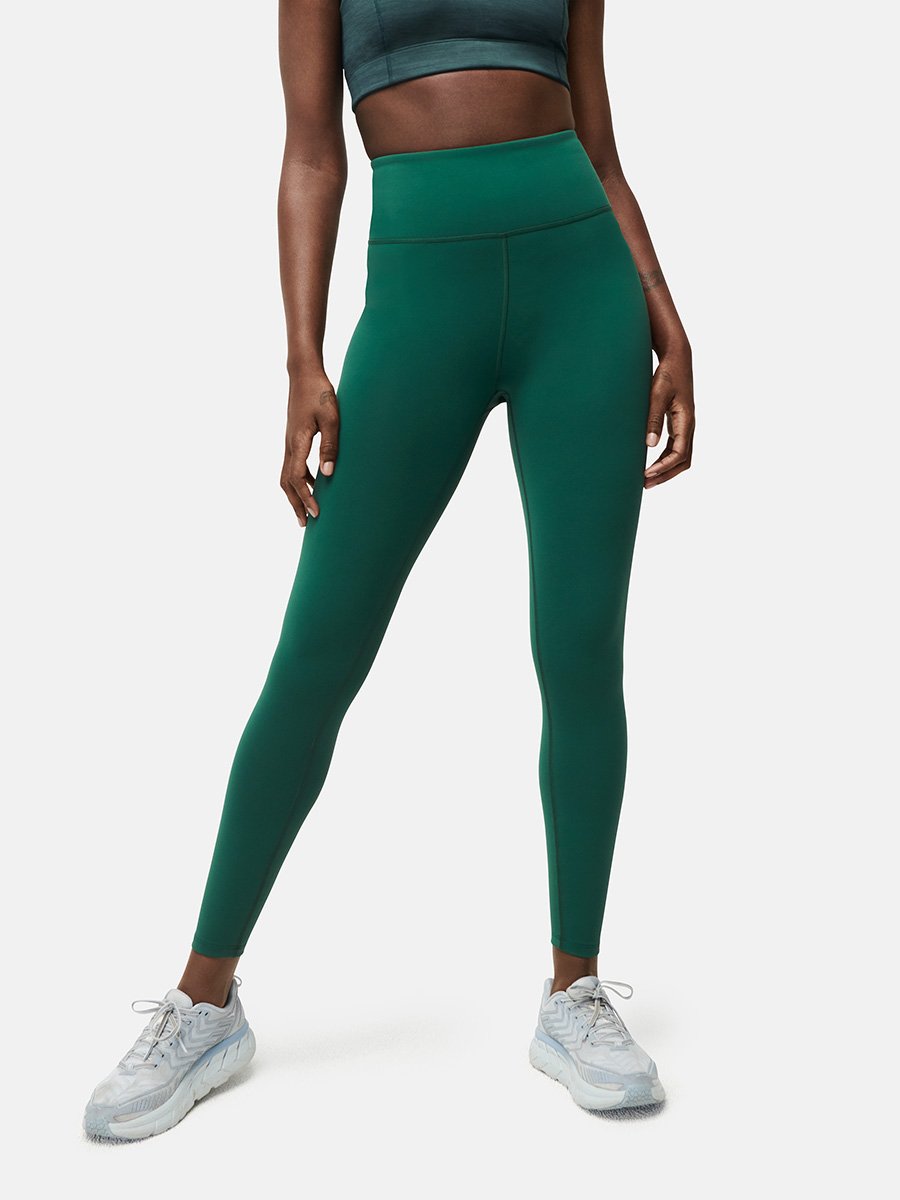The Workout Hack That Toned My Arms in 3 Weeks

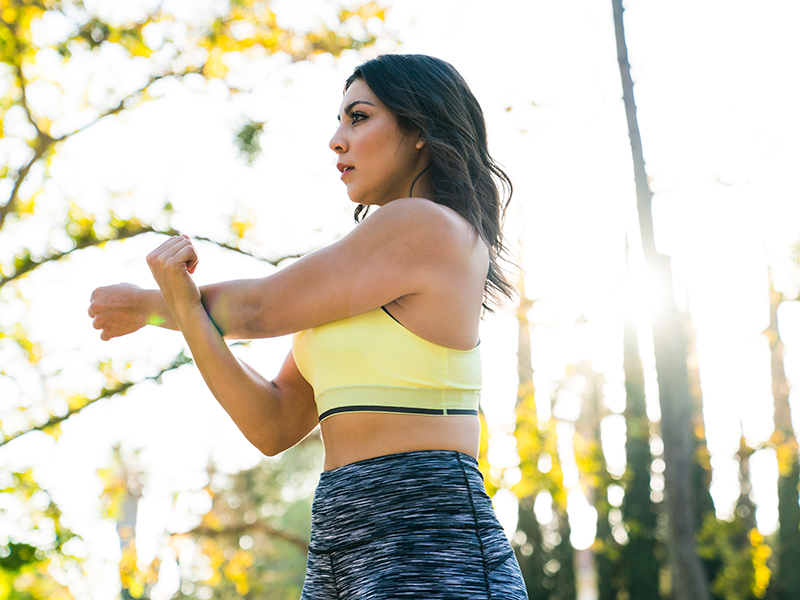
I used to think there were two possible subtexts when it comes to those #fitspo-y
"get toned fast" workouts: A) This doesn't actually work, and B) it works, but you'll push yourself to the brink of misery and despair in the process. Pick your poison.
I've experienced both (and can certainly vouch for the effectiveness of the latter). And yet, in spite of my better judgment, I've still never failed to present my unrealistic demands to trainers and experts, in the hopes that one of them would suddenly whip out the secret to a killer physique in minimal time that still caters to my #lazygirl ways.
"I want to add a lot more definition to my arms in three weeks," I informed Lauren Rounds, an Equinox trainer in NYC earlier this fall. "But I also don't want to feel like I'm dying the entire time." I thought I would be met with the usual dubious yet sympathetic look—what I call the Oh, honey, no—but Lauren just genuinely smiled. "I think we can make that happen," she said. The secret to getting toned fast, I would find out, is actually slowing down.
Now it was my turn to be doubtful, but as we dove into our first session, she explained her strategy. "We're going to do something called tempo training," she said. "It's a really efficient way to build muscle in a really short amount of time." Basically, she explained, we would be doing a souped-up approach to push-ups: Instead of just straightforward reps, I would be deconstructing each push-up into parts—up, hold, and back down again—and count out each part in a very specific way. In our case, it was up-two-three, hold for one, down-two-three, hold for one. (You can see some variations on this technique in the video below.)
Lauren explained that there are a few reasons this slow and steady approach is so effective. First, we were adding even more resistance to a simple bodyweight exercise—kind of like combining a plank and a push-up, in a way. This, in turn, increased the amount of time that my muscles were working, encouraging growth and endurance. And in order to keep my form in check while slowly moving up and down, I had to really engage all of my muscles, especially my core. (Just as, again, you have to keep your midsection tight while doing a proper plank.) "The main thing to focus on while doing the push-ups is to keep everything engaged and to move as one, all at the same time,” Lauren said.

Boiled down, that's what it was all about: proper form. These weren't just tempo push-ups, but regression tempo push-ups, which means that once my form broke down doing the traditional exercise, we moved onto an easier, modified version—and that was totally okay! After traditional push-ups, the next downgrade was to start with my knees down, push myself up (still counting in tempo), and then go back down with my knees up as I would a normal push-up. Once I couldn't do those anymore, we moved onto knees down for the entire movement, and when I couldn't handle that, we moved to standing push-ups against a windowsill. Our goal was 20 reps, all of these regressions combined—and I often ended up doing the last 10 against the windowsill. And I promise I'm not that weak. They're tougher than they seem!
In addition to a few other arm-targeting exercises with dumbbells and barbells, we also applied the tempo/regression approach in a few other ways—the most memorable (by which I mean painful) of which was pulling myself up toward a bar from a nearly horizontal position, called a pull-up row.
But while the exercises were never necessarily fun, per se—we certainly worked hard—they never left me feeling on the verge of collapse, nor wanting to punch Lauren. I liked that I had to learn to accept my fatigue as just a stepping stone toward another exercise, that it was all proof I was doing it right. And it worked: We did two sessions per week for three weeks straight, and during our penultimate meeting, I suddenly realized that I didn’t need to modify after three regular push-ups, and I swiftly did four more. Outer changes are cool to see, but there’s something especially awesome about seeing your gains in action.
That being said, there were great physical results, too. I lost weight overall—which astonished me, since I didn't do any kind of cardio during those few weeks—but gained an inch (!) of muscle around each of my arms. And I could finally see a faint outline of that desirable cut around my triceps. "Keep doing it, and you'll get there in no time," Lauren said. And I finally believed her, for real.
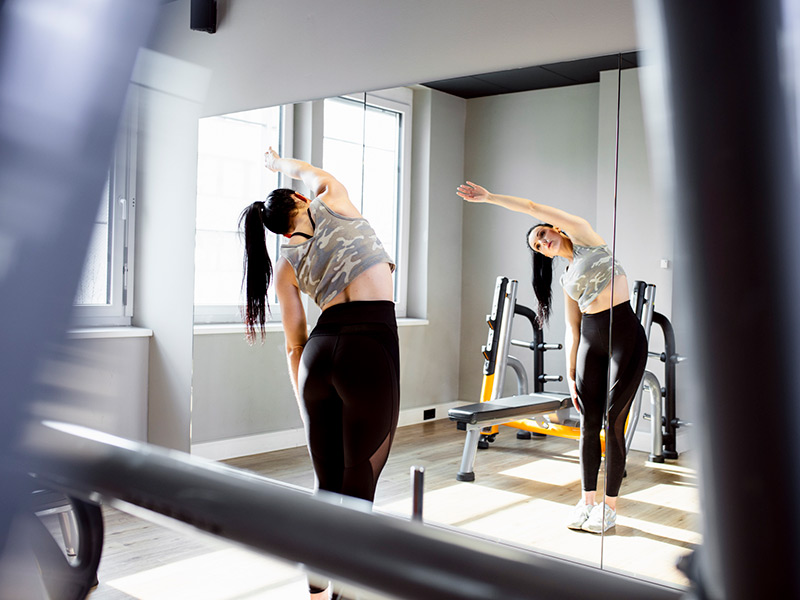
While it's certainly beneficial to have a pro around to confirm that your form is in check, the beauty of these exercises is that they’re really easy to do anywhere—a hotel room, your 100-square-foot apartment, you name it. Grab a mat and follow Lauren's instructions to get started:
1. Find your working threshold. This means figuring out how many reps you can do with each modification before your form fails, as a starting point. The best way to do this is actually to work backward. "Start with the most regressed form of the push-up, and complete five repetitions there,"says Lauren. "So either on the wall or a chair pressed against the wall—you want your arms to be elevated. Rest and then move to the floor with knees bent both on the way up and way down. Remember to press your heels together, squeeze your butt and legs, and keep your belly button pressed to your spine." Continue aiming for five reps each as you move onto knees down for half of the push-up and then finally traditional push-ups. Note that your chest should never hit the floor, but hover about an inch above it. If you can't go this low or have to hit the ground, it means that you've reached your threshold. "If at any point you cannot complete five repetitions if you keep working, stop—you eventually will. Your threshold is where you will begin your sets and regress from when needed.
2. Use that as your starting point. Now that you know your limits, you're going to use that to dictate your workouts going forward. Basically, you're using your breaking point as your starting point: If you were only able to make it to one traditional push-up, for example, then you'll only do one push-up before moving onto the modified versions.
3. Continue to respect your limits. The point is that you’re pushing your muscles to the brink, so know that there's no shame in moving from one modification to the next! " must be the weakest person alive," I moaned to Lauren as we moved to the windowsill during our first session. I soon realized that all it meant was that my muscles were getting the workout they needed. The point is this: Whenever your form breaks down at all, move onto the next regression. Try to aim for two sets of 20 of the combined regressions.
4. Keep your form intact. "Belly button to spine” is your mantra—it'll remind you to keep your core nice and tight. "If you're not sure what that means, lie on your back with your legs extended, place your hand under the small of your back, and press your belly button into your spine," says Lauren. "You should now feel your back pressing into your hand. Once you remove your hand and again press your belly button to your spine, there shouldn't be space between your back and the floor.”
5. Don't rush. "If you rush the tempo, then you are simply cheating yourself out of your own results," says Lauren. "If you find it difficult to maintain the tempo, then regress the motion." All in all, patience is essential—only add more reps from your original threshold when things start to feel too easy. You know what they say about slow and steady…
Next: 7 Toning Ballet Moves You Can (and Should) Try at Home
This post was originally published at an earlier date and has been updated.
Disclaimer
This article is provided for informational purposes only and is not intended to be used in the place of advice of your physician or other medical professionals. You should always consult with your doctor or healthcare provider first with any health-related questions.
